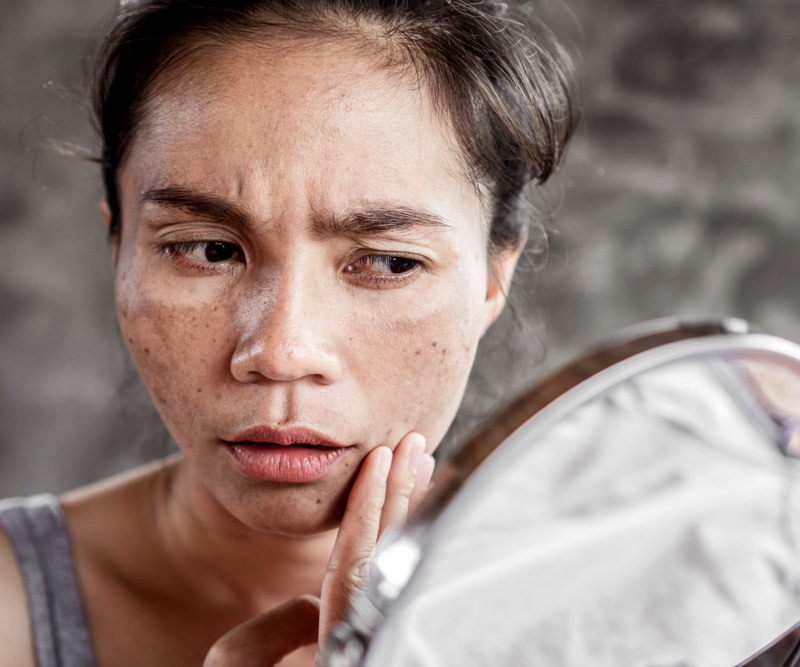
Facial Rejuvenation Through Advanced Surgical Techniques
Dr. David Cho, a Straub Benioff Medical Center board-certified plastic surgeon, has a wealth of experience in his field of medicine. He has been part of several studies in peer-reviewed publications and has presented at the American Society of Plastic Surgeons annual meeting as well as other national and international conferences.
He completed his residency in plastic surgery at Loma Linda University in California. Cho then did an international fellowship in plastic surgery at University of Toronto in Canada.
Below, Cho discusses the latest advancements in cosmetic surgery, including deep plane facelifts, which yield more natural results than traditional facelifts.
Cosmetic surgery has changed a lot over the years. What is facial rejuvenation and how has that advanced recently?
Facial rejuvenation encompasses surgical and nonsurgical treatments to reverse the signs of aging. It improves overall beauty, but it can also offer a healthier and more energetic appearance.
Advancements in surgical technique and noninvasive modalities now allow for more natural and personalized improvements. Facelifts in particular have recently benefited from the deep plane approach.
What is deep plane facelifting and how is that procedure executed versus facelifts in the past?
In past decades, traditional facelifts pulled the skin rather than lift the deep fat pads. This could result in a pulled or stretched look from skin manipulation.
The deep plane technique allows the surgeon to enter a deeper space and lift the tissue. Lifting tissue is quite rejuvenating because it relocates the volume to the aesthetically pleasing locations of the face, whereas pulling only skin produces an altered appearance.
What are benefits for patients from this deeper, less superficial technique? About how long do results last?
The biggest benefit is a more natural-looking result. Paradoxically, the more extensive the work, the more natural the result.
The deep plane technique requires extensive knowledge of anatomic tissue planes. It releases ligaments that allow for remarkable fat pad elevation. It allows for lifting in the reverse direction of facial aging thereby restoring volume closer to its "original" home.
Facelift results are often said to last 10 to 15 years. However, it is better to think of it as "setting back the clock." The patient who looks 10 years younger after surgery should still age beautifully in a natural way.
What types of patients may want to consider deep plane facelifting?
The most common patient complaint is sagging, lower face descent and neck laxity. Patients are bothered by the jowls along the jawline and the loose skin of the neck. I most commonly perform the deep plane facelift with a deep plane necklift and therefore both areas are addressed in one operation.
Patient age ranges from the 40s to the 80s, depending on specific requests and overall medical health. The recovery is actually faster than traditional facelifts because the cuts are made in natural tissue planes with much less bleeding.
A patient who wants to really prioritize natural results is the best candidate.
What else should people know?
It is always most important to focus on safety first. The deep plane facelift is performed under general anesthesia. We only use board-certified anesthesiologists. We focus on one patient surgery per day for the deep plane. The private operating room is physically connected to the Straub Benioff Medical Center, making it a great location for maximum safety and patient experience.
This article was first featured in the Sept. 24, 2025, issue of MidWeek as a part of the "Dr. in the House" series. See the full publication.
Published on: September 25, 2025




